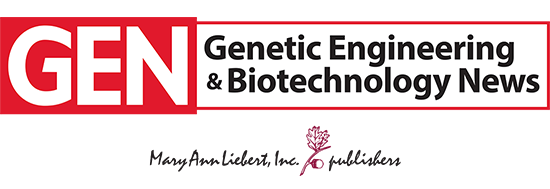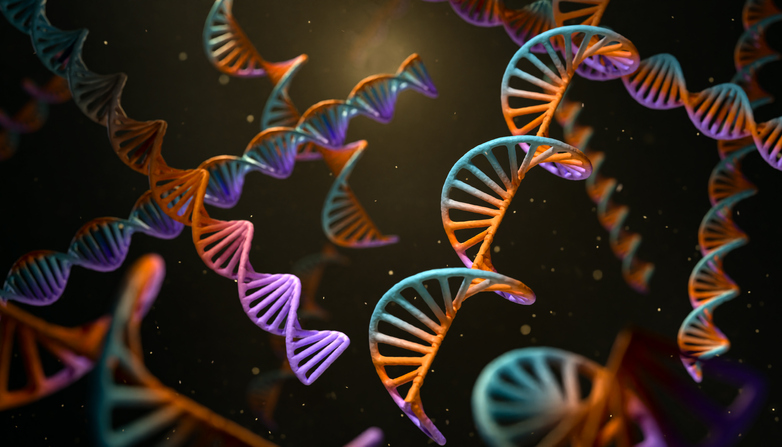By Gareth Macdonald
Automation and sector-wide collaboration will be critical as developers try to move beyond the production challenges that slow growth of the cell and gene therapy sector. So says Julie G. Allickson, PhD, director of Mayo Clinic’s Center for Regenerative Biotherapeutics who argues that, despite considerable investment in infrastructure, production is still the biggest challenge.
“Both industry and academia are challenged by the lack of manufacturing capacity for cell and gene therapies,” she says, citing plasmid production and viral vector production as examples. “Besides these issues, the scalability of production processes can be difficult, especially when coupled to individually expanded cells. When looking at the patient cells variability, quantity and quality of cells is critical to ensure consistency in the product delivered to the patient,” she says.
The impact of these constraints is significant, according to Allickson, who adds, “Development projects have been held up for biomanufacturing and process and analytical development becomes a longer path.”
Automation
The Mayo Clinic’s Center for Regenerative Biotherapeutics—which recently announced plans to add production capacity—was set up in 2011. It has a broad remit covering discovery, production, and commercial concerns, but is focused on addressing patient access issues by looking at ways to lower the cost of commercialized products.
And more efficient manufacturing has a key part to play, notes Allickson, adding, “We need to be creative to enhance patient access of the biotherapeutics.” She cites reducing culture time before infusion as a goal and suggests it could be achieved through automation.
“To enhance production of cell and gene therapies, automation will be a critical factor. Many components of the process and testing would benefit from automation. Cell culture and expansion are complex tasks that can slow down product development. These tasks also pose unique challenges for standardization.
“We need in-process testing connected to automated production along with AI [artificial intelligence] to understand the complexities of these processes,” she says.
Using AI to analyze data during testing and characterization would also help predict optimal timing for cell culture, passage, and harvest and identify bottlenecks in the process, according to Allickson.
“Automated testing that can feed into records and assist in data-driven decisions would be critical for streamlining production processes,” she explains. In addition, to increase our understanding, the field of AI needs to be integrated into the biomanufacturing of biotherapeutics.”
Allickson maintains that cell and gene therapy developers need to collaborate and be willing to share manufacturing information for the good of the sector.
“Not only should data be collected by the individual manufacturer, but data should also be collected according to field of the developmental research,” she advises. “Since the cell and gene therapy field is significantly smaller than pharmaceuticals, we should bring like-minded technology groups together to collect and share de-identified data. The only way the field will grow is by collaborating with others.”


